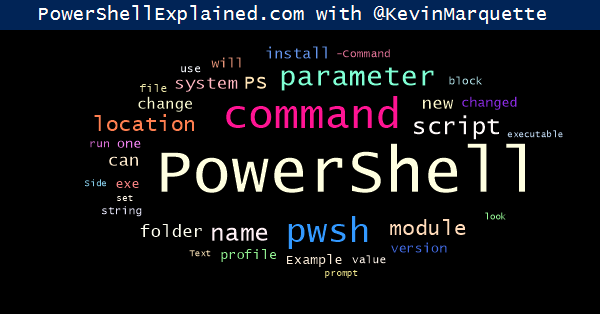Powershell Command To Install Exe
- Powershell Invoke-command Install Exe
- Install Application Using Powershell
- Powershell Command To Install Exe File
GUI install option, see blog
The nice thing about Powershell is that you can run any command line application from the shell. That is a common way to install things. Calling the installer is often the same as double clicking on it. If you call an MSI, it will pop up and start the install. I have following PowerShell script to install application without user intervention: Start-Process -FilePath 'C: Temp UpgradeClientInstaller setup.exe' -ArgumentList '/S /v/qn' by giving /s in argument list, it should install silently without user intervention but a popup is showing. Even I try with winrar.exe and zip.exe files giving the same. Ok, so now I am having a different issue. The command runs one at a time on each server in the server.text file. The executable that I am running can take hours to complete so I want them to run concurrently on each server in the file.
Pre-reqs to build out an install script/package
MMA agent executable
Workspace ID
Workspace Primary Key
Download MMA agent
Click on Windows Servers from Connected Sources to download Windows Agent
Click on Linux Servers from Connected Sources to download Linux Agent
Obtain WorkspaceID
From the Azure Portal (https://portal.azure.com)
Click on Log Analytics, <your subscription >
Click on Advanced Settings
My view defaulted to Connected Sources > Windows Servers
Save the workspace ID and workspace key to notepad/OneNote for later
Build out command line for setup file
(optionally to include in Application Deployment package)
Grab pre-reqs above: (saved from above to build the command line)
Exe/msi file
Feb 12, 2019 IMAGINA:ESPANOL SIN BARRERAS-TEXT VHL on Amazon.com.FREE. shipping on qualifying offers. Imagina 3rd Softcover Student Edition. Amazon.com: imagina 3rd edition. Skip to main content. Imagina: espanol sin barreras - curso intermedio de lengua espanola instructor's annotated edition. By Blanco Jan 1, 2015. 5.0 out of 5 stars 1. Hardcover $23.90 $ 23. $6.02 shipping. Only 6 left in stock - order soon. Imagina Textbook 3rd Edition.pdf - Free download Ebook, Handbook, Textbook, User Guide PDF files on the internet quickly and easily. Imagina, 3rd Edition; Skip to the end of the images gallery. Skip to the beginning of the images gallery. Imagina, 3rd Edition. Paperback format. Student Textbook Supersite Plus Code (w/ WebSAM + vText) What it Includes. Imagina 3rd Edition Pdf.pdf - Free download Ebook, Handbook, Textbook, User Guide PDF files on the internet quickly and easily. Imagina espanol 3rd edition pdf.

Workspace ID
Workspace key
The setup.exe or MSI command line parameters to pass are:
Powershell Invoke-command Install ExeTechNet gallery https://gallery.technet.microsoft.com/scriptcenter/Install-OMS-Agent-with-2c9c99ab
I have following PowerShell script to install application without user intervention:
by giving /s in argument list, it should install silently without user intervention but a popup is showing
Even I try with winrar.exe and zip.exe files giving the same result. Is this right way to do?
Install Application Using Powershell
5 Answers

Your problem seems to be Windows UAC and not the script itself.
- Go to Control Panel -> System and Security -> Security and Maintenance
- Click Change User Account Control settings.
- Set the slider to 'Never Notify'.
This may be risky - but it works.
Try this:
Start-Process -FilePath C:setup.exe -Args '/silent /install' -Verb RunAs -Wait;
